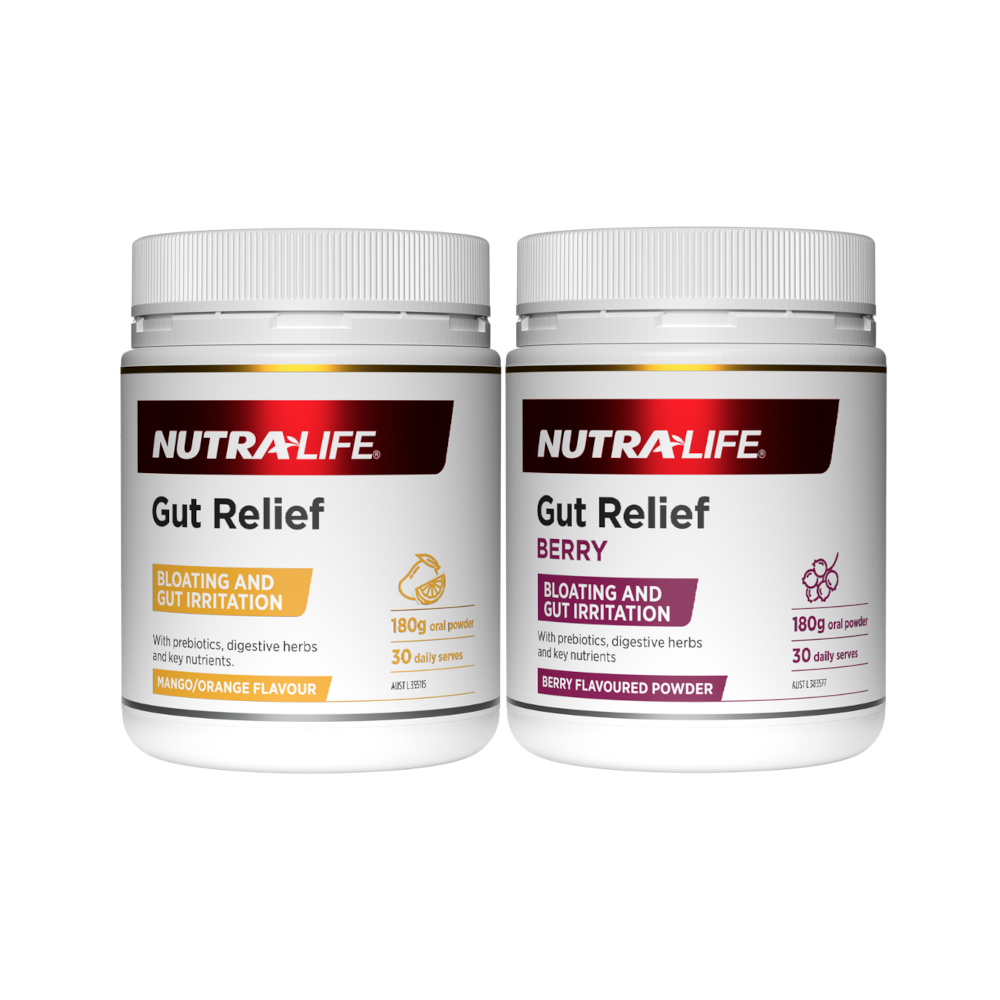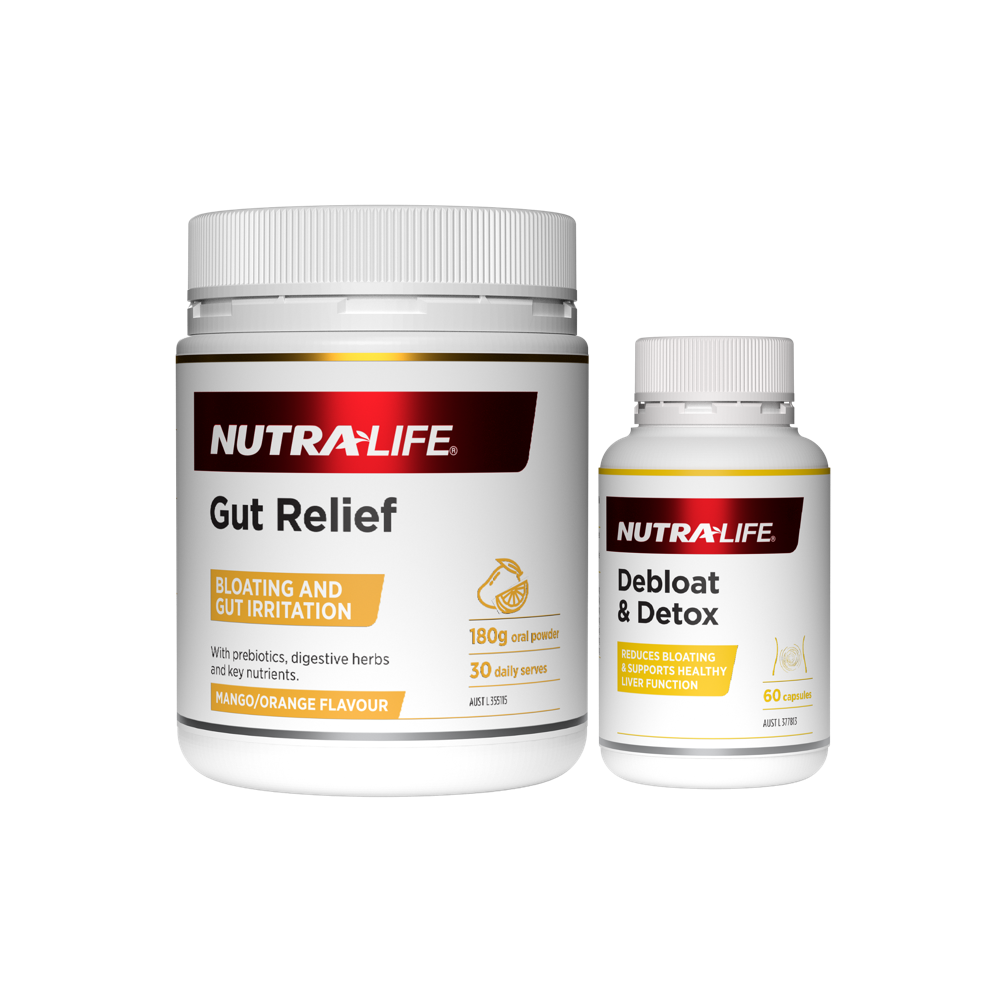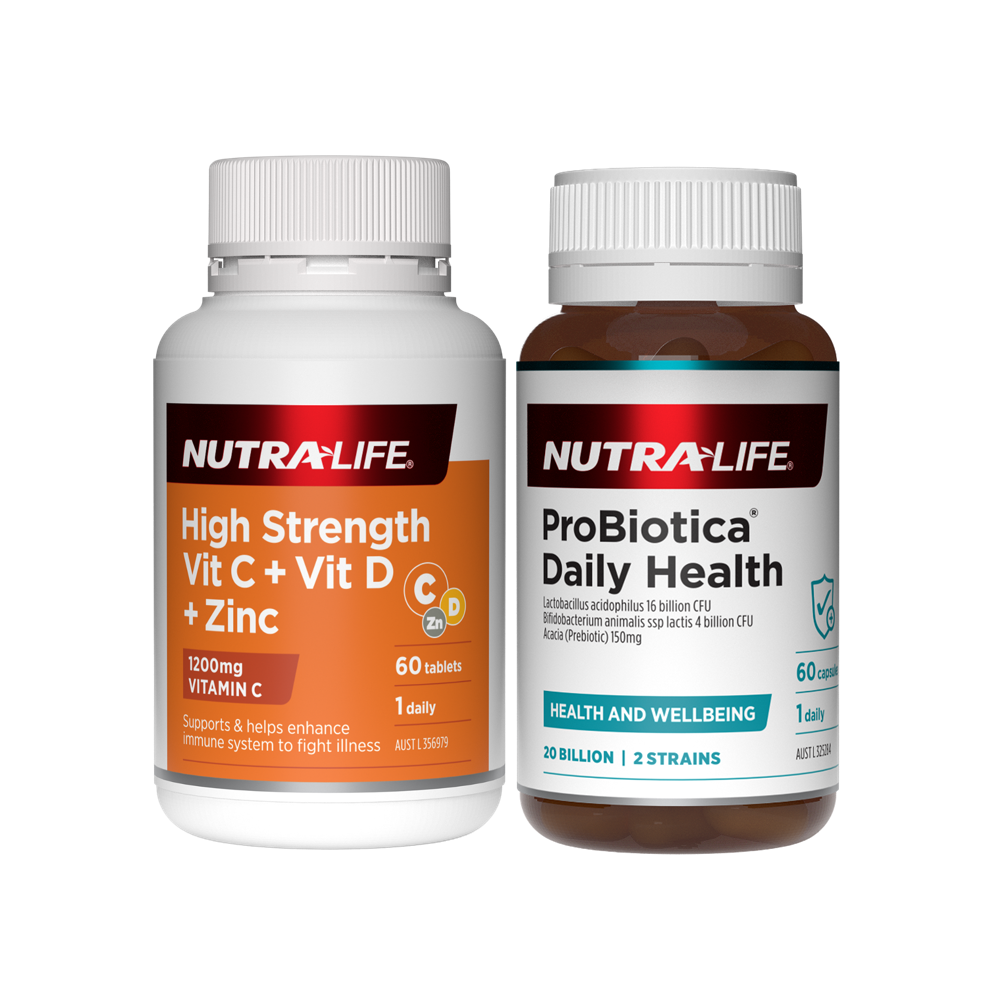Vitamin DWellness
Is vitamin D deficiency putting your health at risk?
Nutra-Life Nutrition Team

Best Sellers
Start here
-
 Bundle Save 40%
Bundle Save 40% -
 Bundle Save 40%
Bundle Save 40% -
 7 in 1 formulaBeauty Collagen+ 7 in 1High strength hydrolysed collagenRegular price RRP: $49.99Members: $32.49 Unlock Unlock
7 in 1 formulaBeauty Collagen+ 7 in 1High strength hydrolysed collagenRegular price RRP: $49.99Members: $32.49 Unlock Unlock -
 Bundle Save 40%
Bundle Save 40% -
 Bilberry 10,000 PlusHigh strength eye health support formulaRegular price RRP From $35.99Members from $23.39 Unlock Unlock
Bilberry 10,000 PlusHigh strength eye health support formulaRegular price RRP From $35.99Members from $23.39 Unlock Unlock -
 PopularBio-Curcumin Turmeric 16,500+Relieves mild joint inflammation, swelling & painRegular price RRP From $28.99Members from $18.84 Unlock Unlock
PopularBio-Curcumin Turmeric 16,500+Relieves mild joint inflammation, swelling & painRegular price RRP From $28.99Members from $18.84 Unlock Unlock -
 Celery 10,000High potency formula to help manage goutRegular price RRP: $25.99Members: $16.89 Unlock Unlock
Celery 10,000High potency formula to help manage goutRegular price RRP: $25.99Members: $16.89 Unlock Unlock -
 Cranberry 50,000High strength urinary tract health supportRegular price RRP From $35.99Members from $23.39 Unlock Unlock
Cranberry 50,000High strength urinary tract health supportRegular price RRP From $35.99Members from $23.39 Unlock Unlock -
 Bundle Save 40%
Bundle Save 40% -
 Bundle Save 40%
Bundle Save 40%










